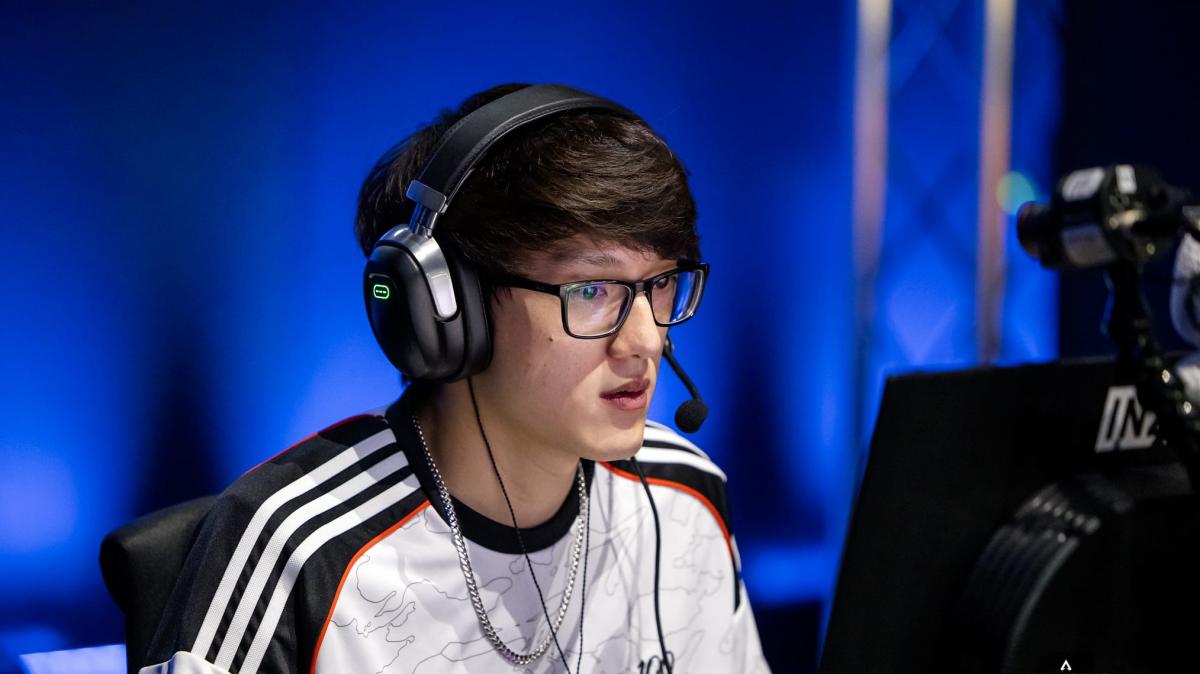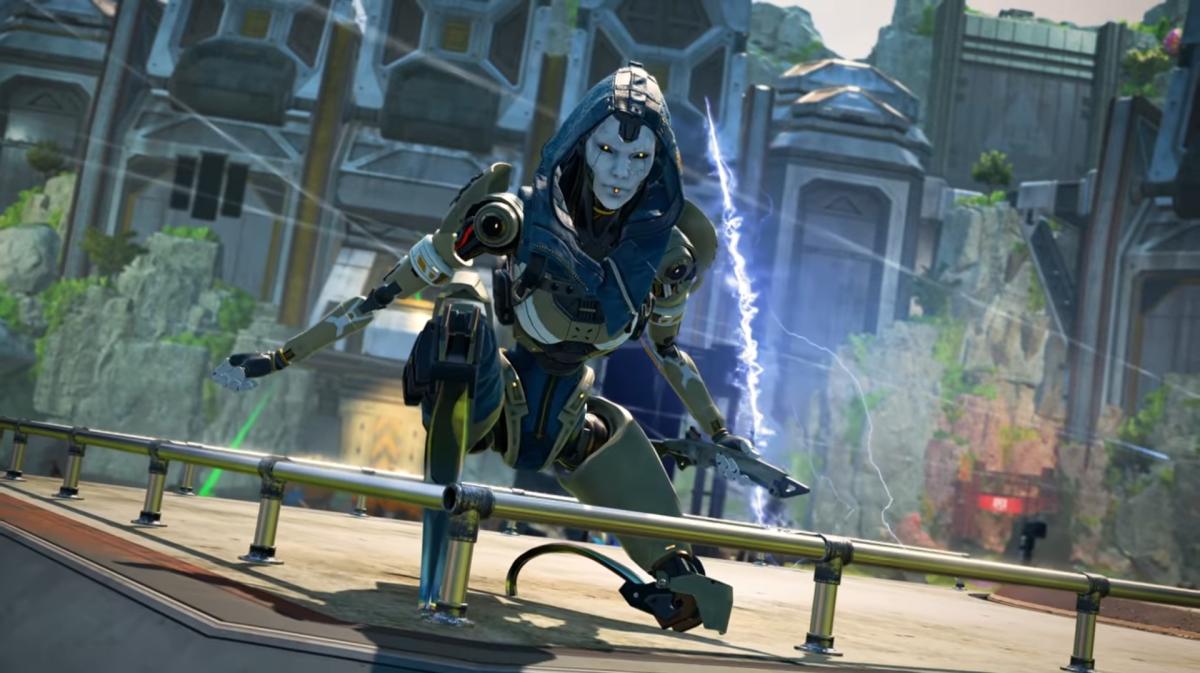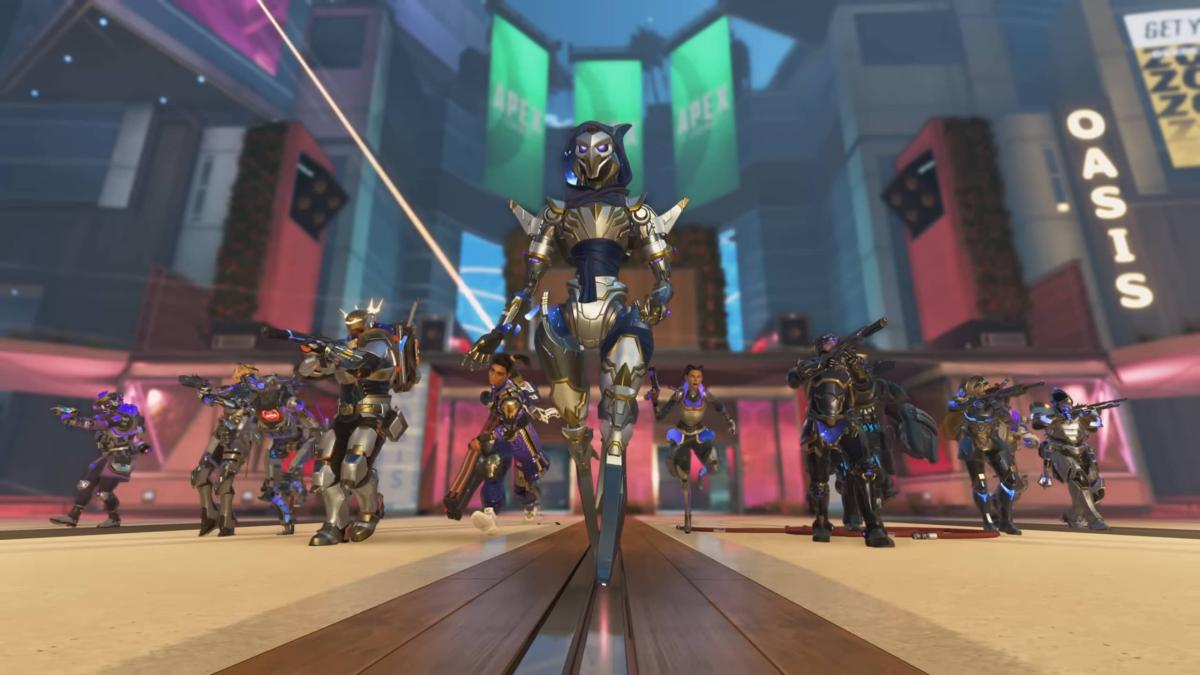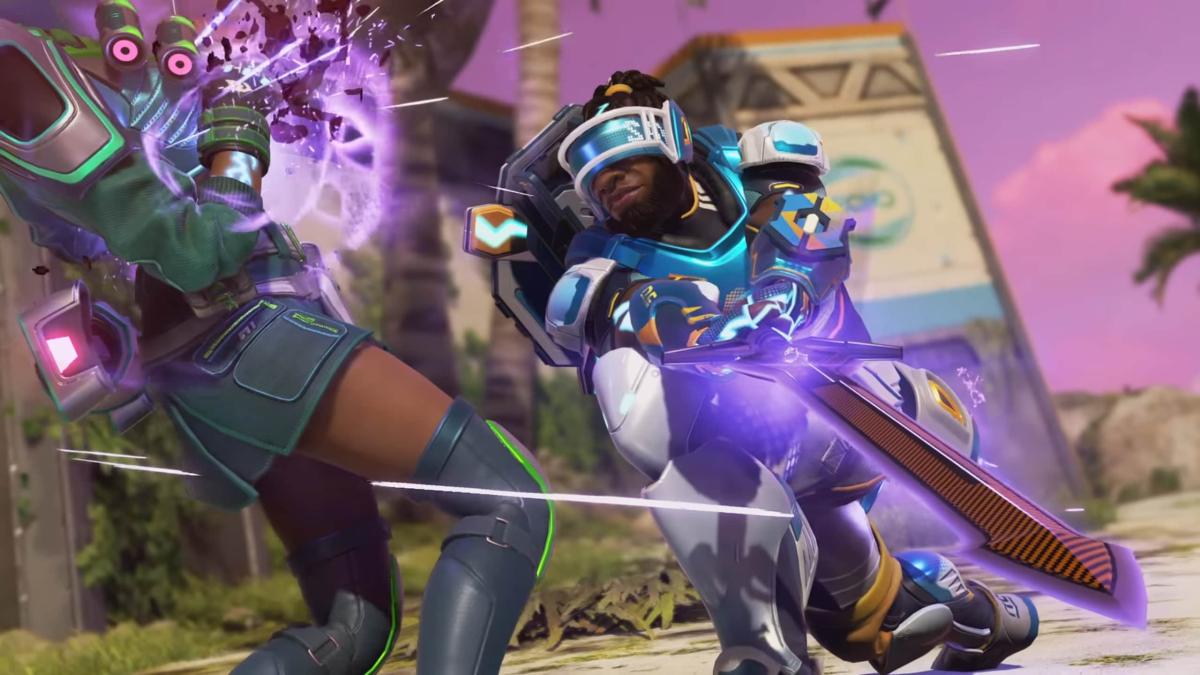While practicing your skills plays an important role in your Apex Legends career, you should also make sure you’ve optimized the game’s settings for your rig. For PC players, even the tiniest settings tweak can mean the difference between success and failure in tough situations. Even if your PC isn’t the newest or flashiest build, there are still changes you can make to improve your FPS, decrease lag, and make your battle royale experience more enjoyable.
Getting used to these settings can take a while at first, especially if you make big changes. The new settings should start feeling natural again the more you play, but know that what’s most important is that these settings feel right to you. Note too that most of these changes will reduce the visual quality of Apex. The performance gains can be high enough to justify the visual losses, though—and in the competitive world of Apex, you need every advantage you can get.
Here are the best Apex settings for low-end PCs.
Best settings for Apex Legends on low-end PC
Apex settings adjustments
Though making these adjustments should net you quite a few additional frames in Apex, they may not be enough for players who are trying to play the game with both low-end and old PCs. Recent low-end hardware should be powerful enough to run Apex decently, but older-generation hardware may have started showing its age. If this is the case for you, upgrading your PC is a last-resort option you can take.
Before you make the big decision of whether to buy a new PC or upgrade your old one, give the following settings a try to see if you can squeeze out a few extra frames.
Display mode: Full Screen
Aspect Ratio: Native Aspect Ratio
Resolution: Native resolution
Using your native resolution will often be the best option to ensure the best visual quality. The only players who should lower their resolution are those specifically looking to play Apex in a stretched resolution or those who can’t average smooth frame rates even with the lowest settings. Decreasing your resolution can give you a fairly hefty frame boost, but the game will look noticeably worse.
V-Sync: Disabled
Not only does V-Sync use a considerable amount of resources, but it also introduces a slight input lag, which can be a deal breaker for competitive gamers. Milliseconds matter in Apex, and you won’t want to add any kind of delay into the equation.
Anti-Aliasing: Disabled
Anti-aliasing smooths sharp edges on Apex‘s character models and environment, which can can make the game look more realistic. The setting uses a lot of resources, though, which makes it a no-go if you’re struggling to keep your frames high.
Texture Streaming Budget: Low or Medium
Your graphics card’s VRAM will be the deciding factor when it comes to the best texture streaming budget option for your PC. Even if you have more than 6GB of VRAM available, keeping this setting at low can be beneficial for performance.
Texture Filtering: Anisotropic 2X
Texture filtering uses considerably less amount of resources when compared to other graphical settings. While you can also turn this one off for performance, keeping it at 2X shouldn’t hinder your frames in a noticeable way. It may also make Apex look slightly better.
Ambient Occlusion Quality: Low
When you set ambient occlusion quality to low, you’ll instantly notice a visual difference. While the game will look slightly darker and less colorful, but you can net a few frames out of the trade.
Sun Shadow Coverage: Low
Sun Shadow Detail: Low
Spot Shadow Detail: Off
Dynamic Spot Shadows: Disabled
Shadow settings are considered essential in games like CS:GO, where they help players detect enemies when they’re cast off their models. While the same can also be done in Apex, the hectic nature of the game means you really don’t have that many changes to take advantage of shadows. You won’t lose much competitively by turning them off.
Volumetric Lighting: Disabled
Model Detail: Low
Effects Detail: Low
Impact Marks: Low
Ragdoll: Low
Depending on your PC’s performance, you could potentially turn all of these settings up to medium. Anything above medium, however, could make your performance suffer if you’re looking to get the highest frame rate possible.
Making these changes in Apex should boost your frames. If you aren’t seeing enough of a change, there are also a few non-Apex software changes you can make. These tweaks will have less of an impact when it comes to increasing your frames, but they can really add up when it comes to their overall performance boost.
Disabling Windows’ Xbox Game Bar and turning Game Mode on are two of the easiest changes you can make to improve performance in Apex. You can also tweak the settings in your graphics card’s control panel. These control panels allow players to choose what their graphics cards prioritize while gaming.
If you’ve never adjusted your GPU control panel settings, you should search for a recent gaming optimization guide for your card’s manufacturer. These guides generally go over all the available settings in the control panel and help you decide which ones you should turn off or on for the best performance.












Published: Jan 6, 2023 01:19 pm